Is It Okay to Leave a Baby Monitor On All the Time?
What Baby Monitors Do—and Why We Trust Them
Comfort or Overload? What Constant Monitoring Does to Parents
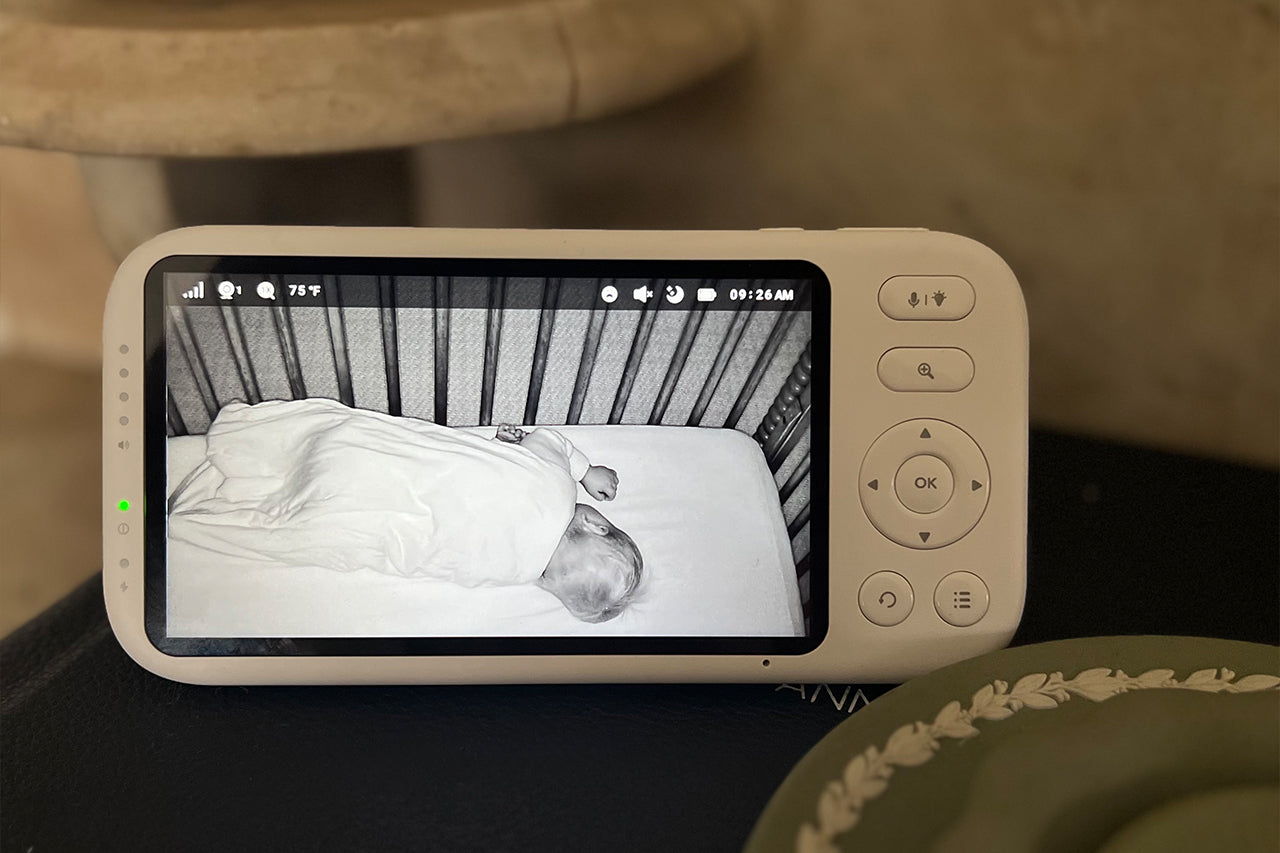
Device Safety: EMF, Overheating, and Power Drain
Digital Risks: Privacy and Hacking
When to Stop Using a Baby Monitor
Alternatives and Complementary Solutions

FAQs
Q1. How far should a monitor be from the crib?
Q2. Can a baby monitor affect my sleep?
Q3. What’s the benefit of a long-range monitor?
Q4. Are smart monitors safe from hacking?
Final Thoughts
Trending Articles
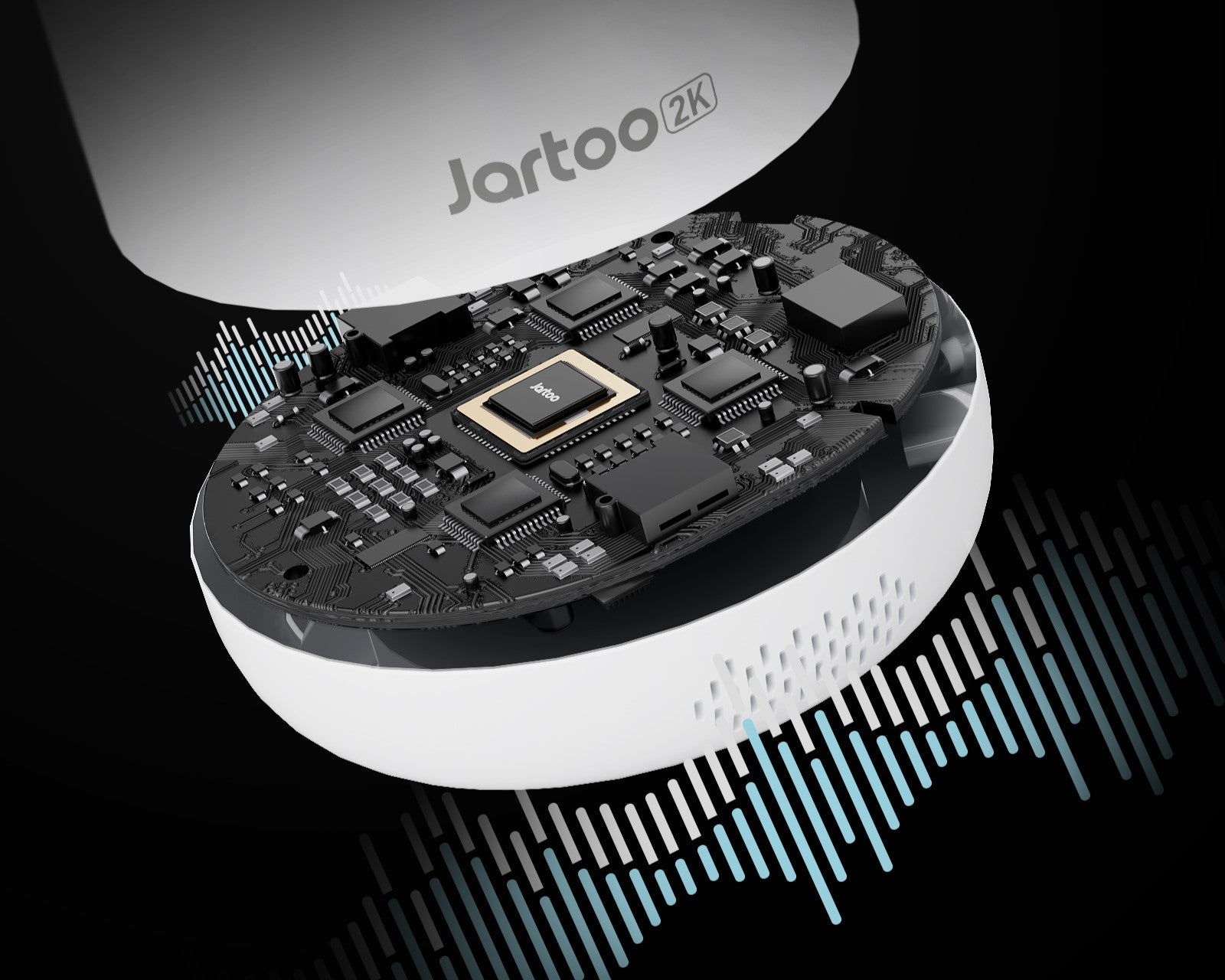
Title

Title

Title

Title

Title

Title

Title
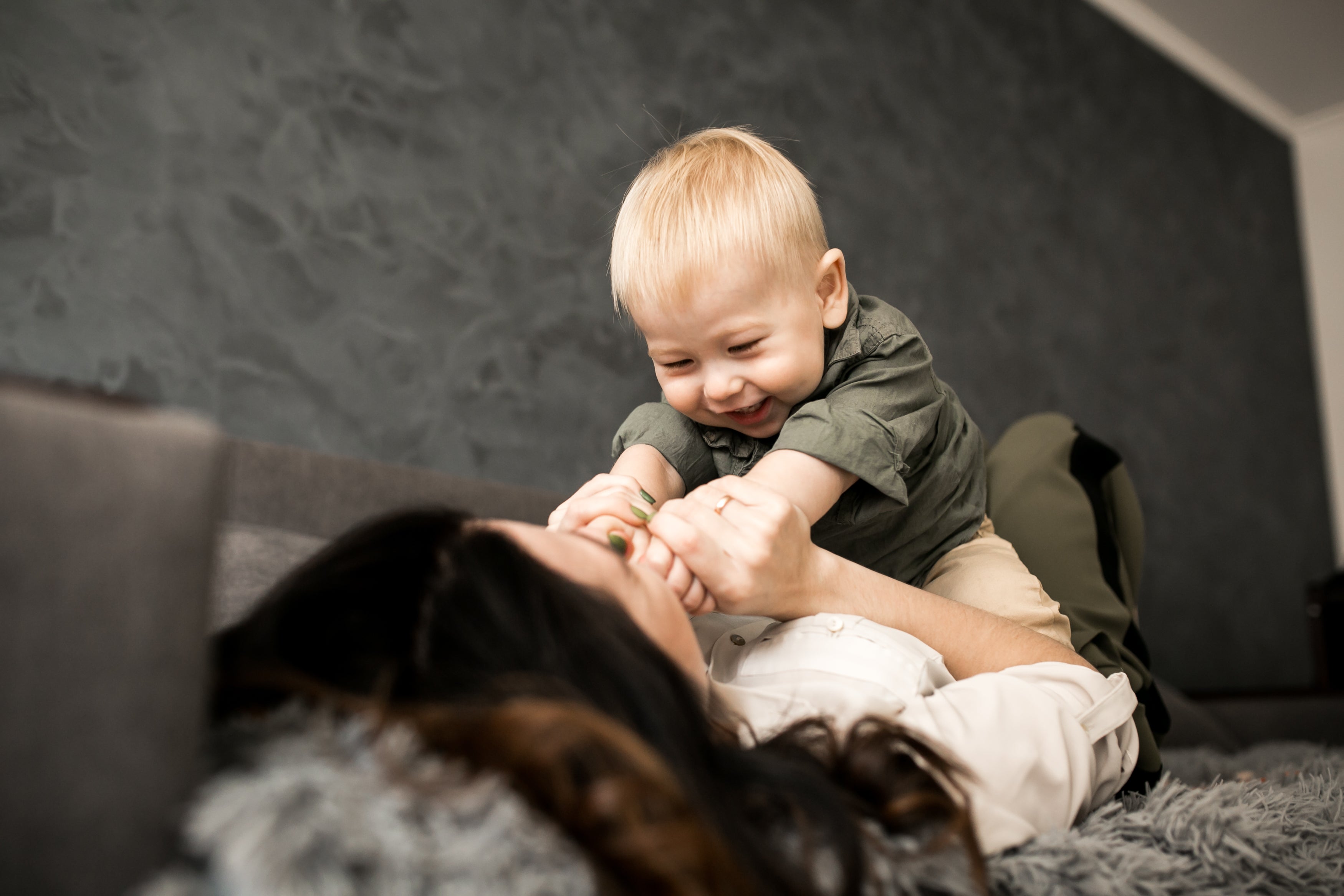
Title
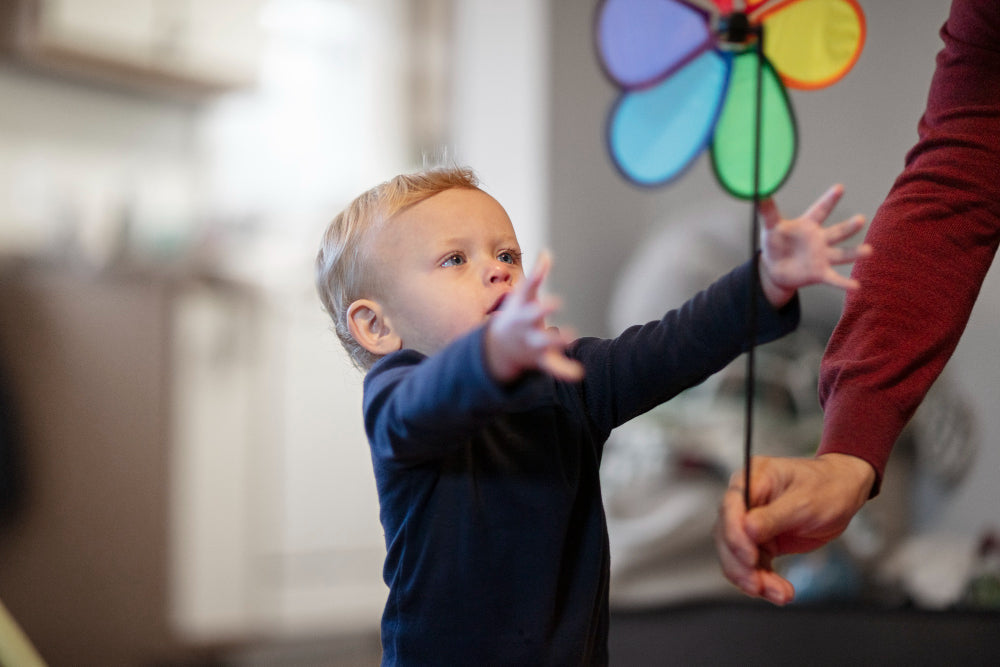
Title
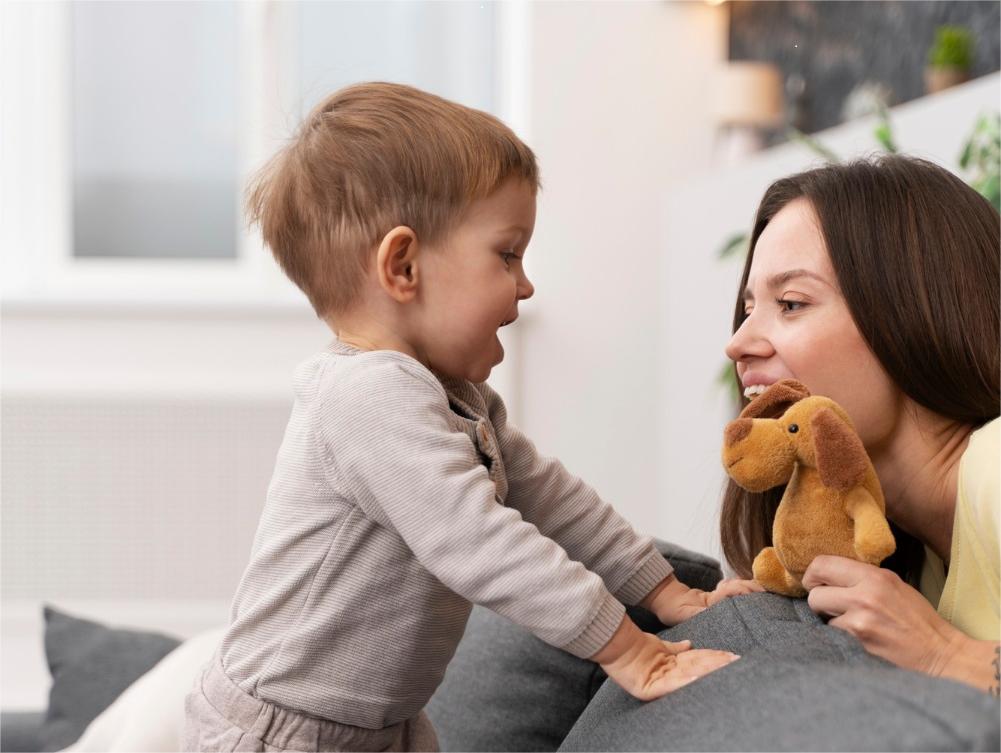
Title
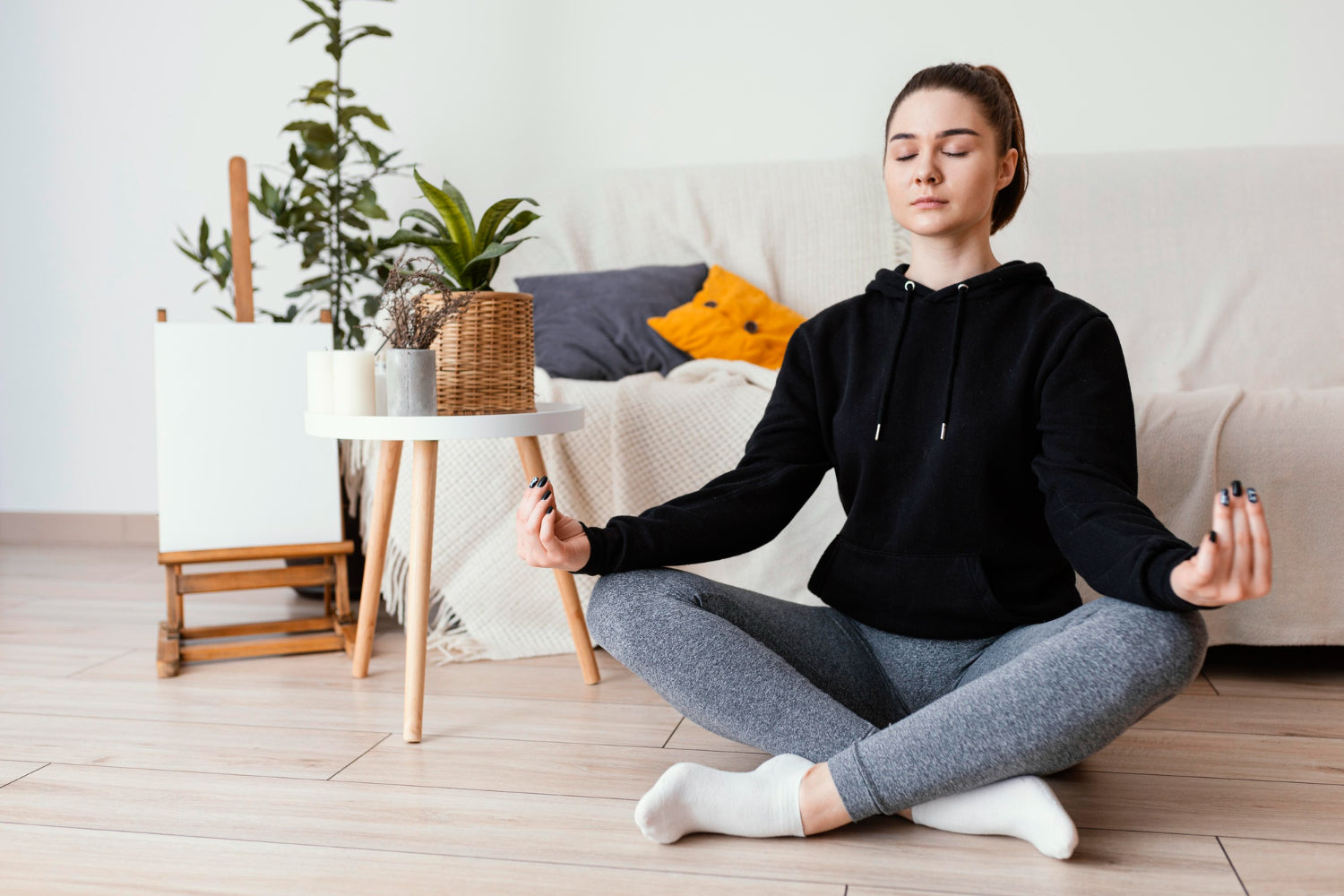
Title

Title